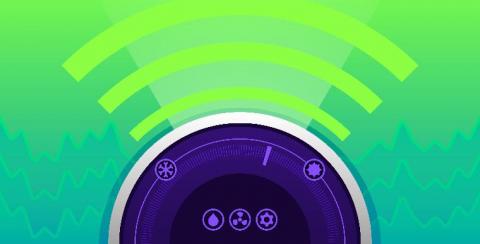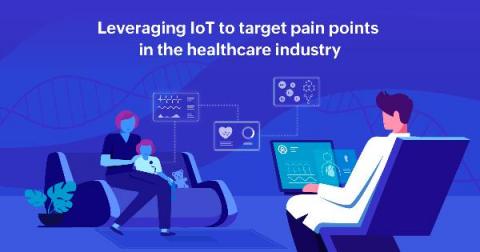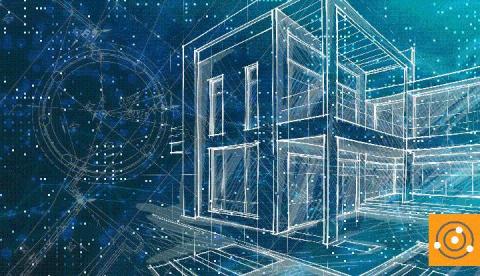Introducing the Datadog IoT Agent
From smart thermostats and grocery store checkouts to public utility infrastructures and industrial manufacturing lines, the Internet of Things (IoT) is all around us—and growing larger every day. But with this rapid growth comes a number of operational challenges: IoT devices collect a large amount of data, and are often distributed across harsh, ever-changing environments.











